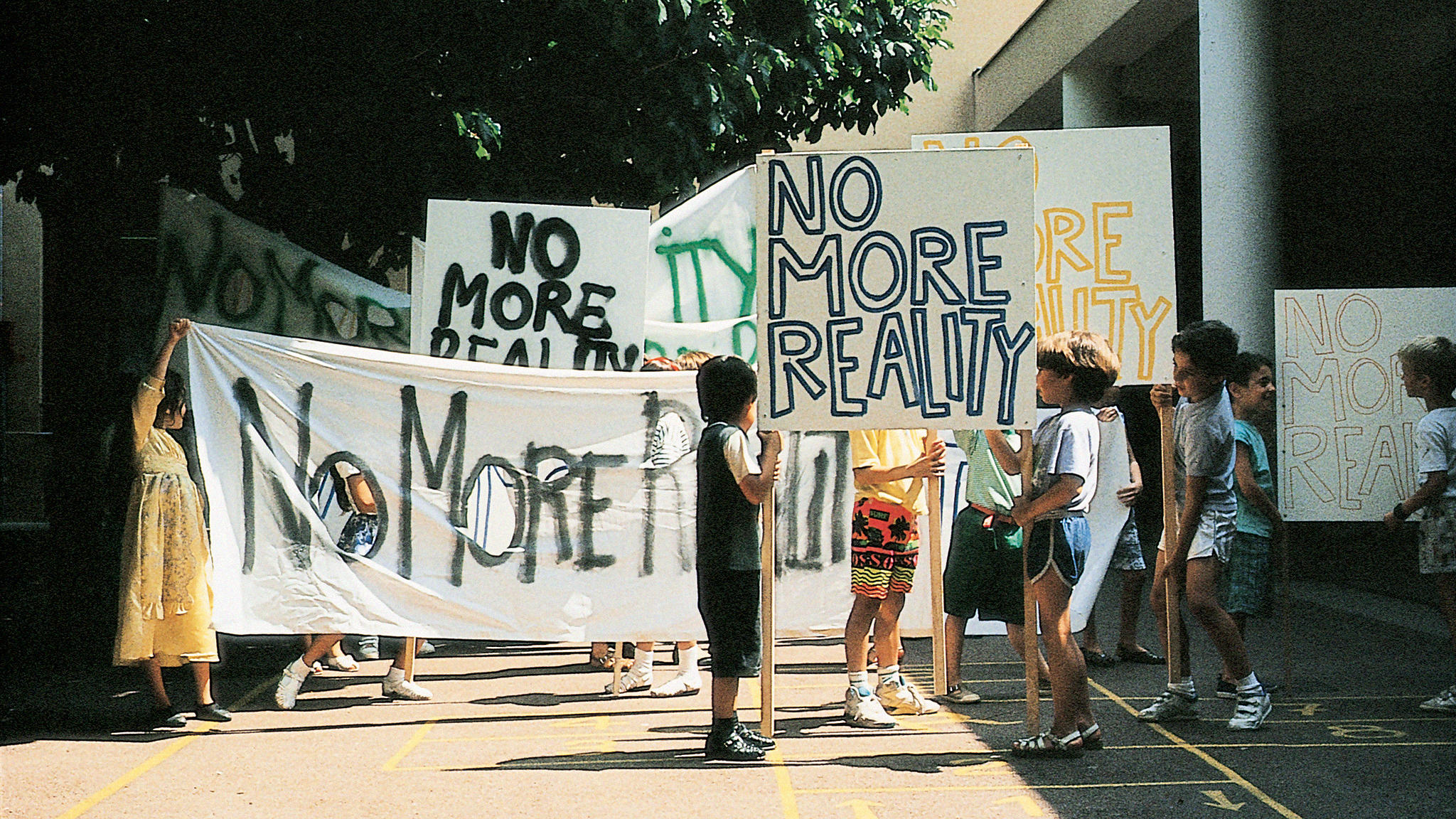Notes
1
Franco "Bifo" Berardi and Massimiliano Guareschi, from the novel Morte ai Vecchi (Milan: Baldini e Castoldi, 2016). Translated by the author.
2
From Il Saggiatore (The Assayer). Translated by the author.
© 2019 e-flux and the author
